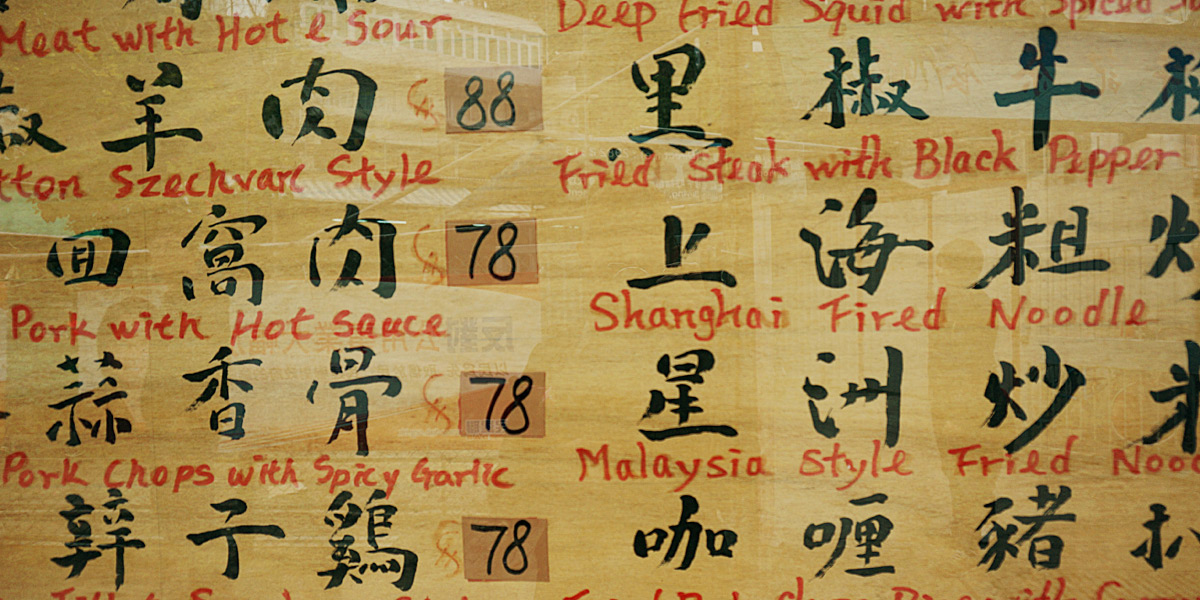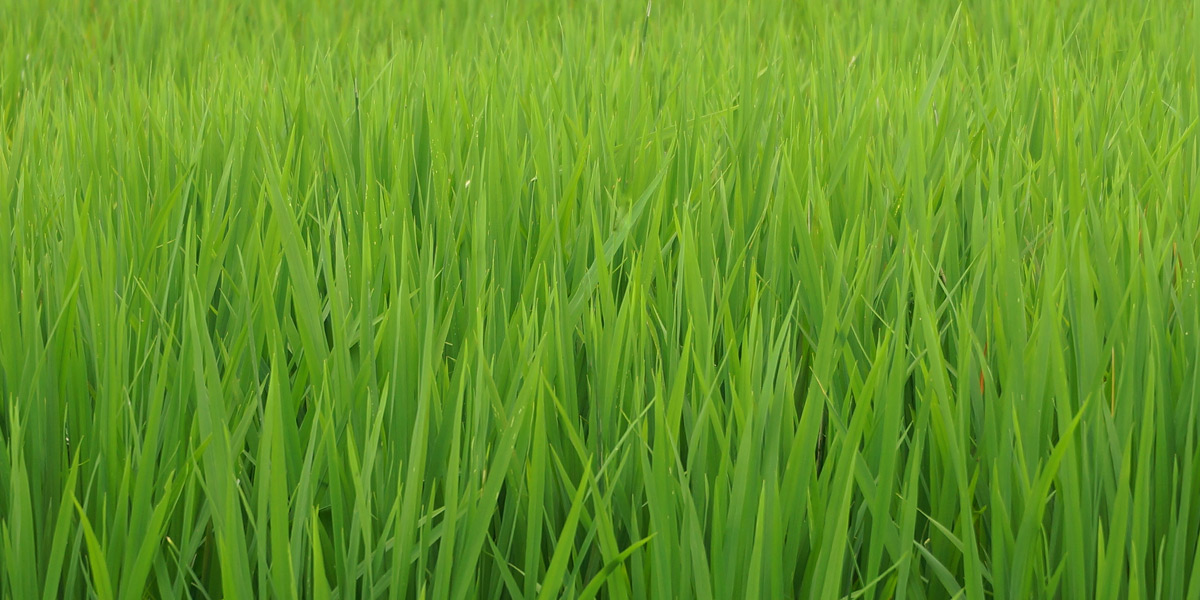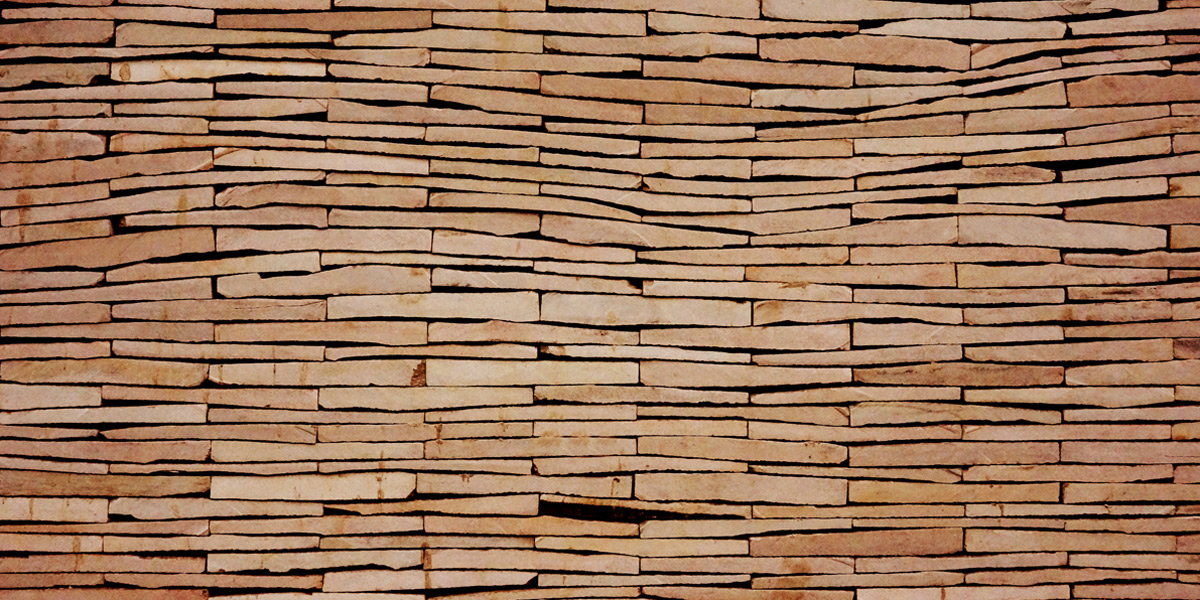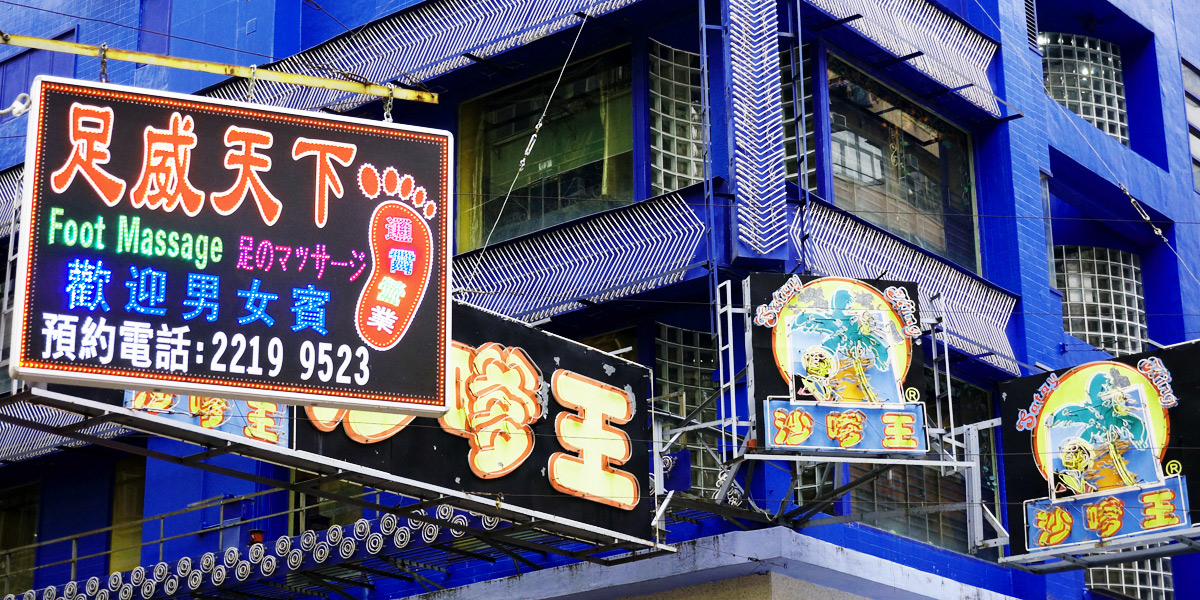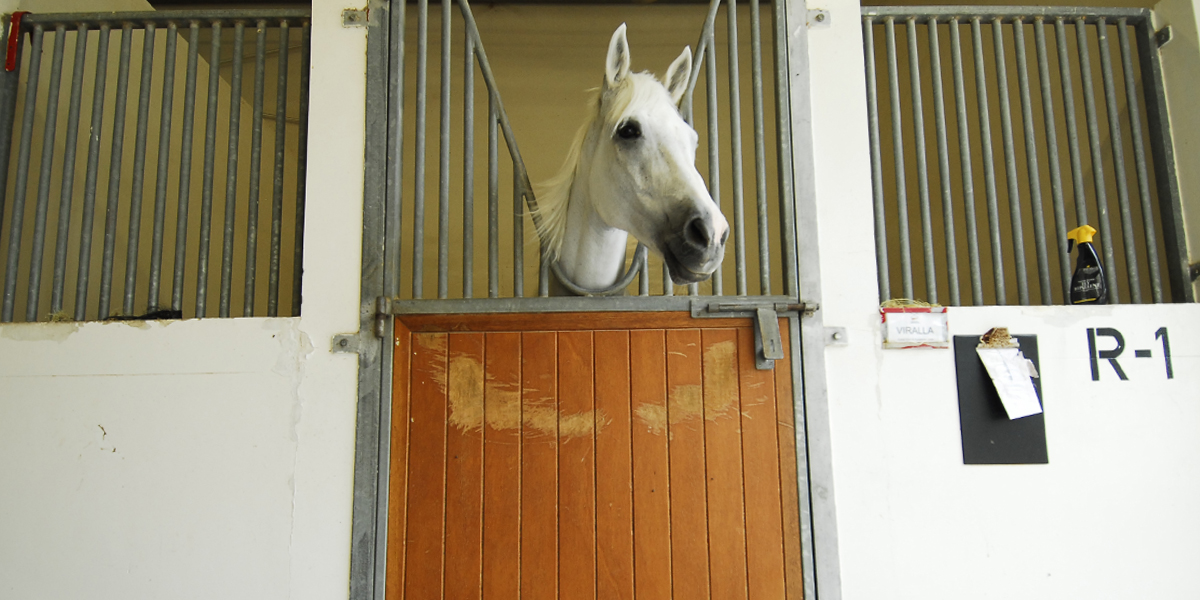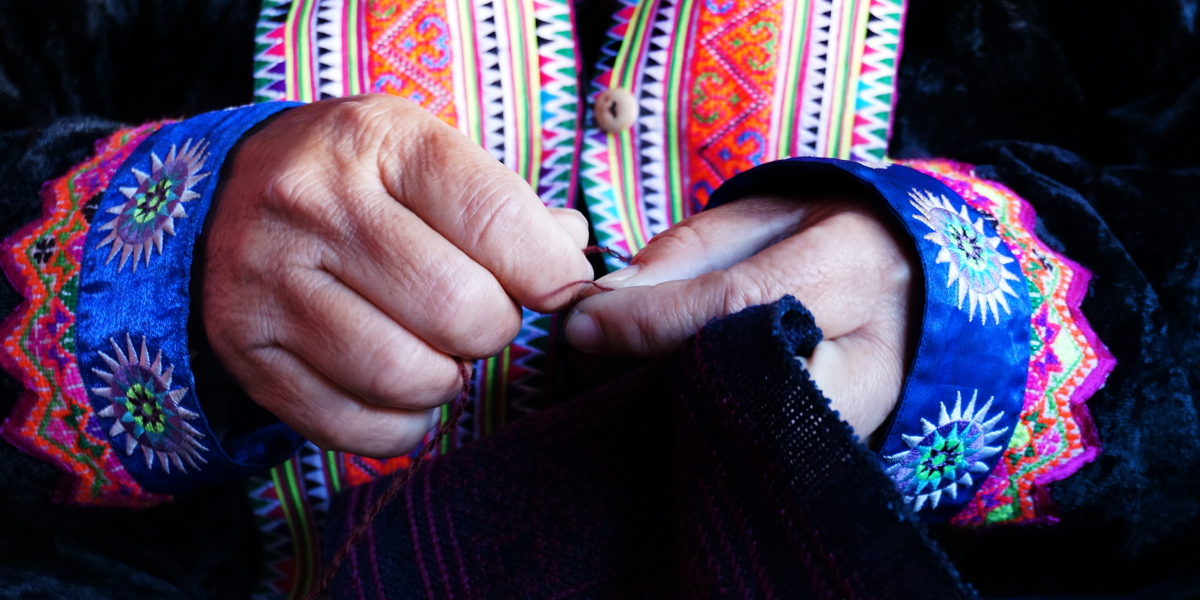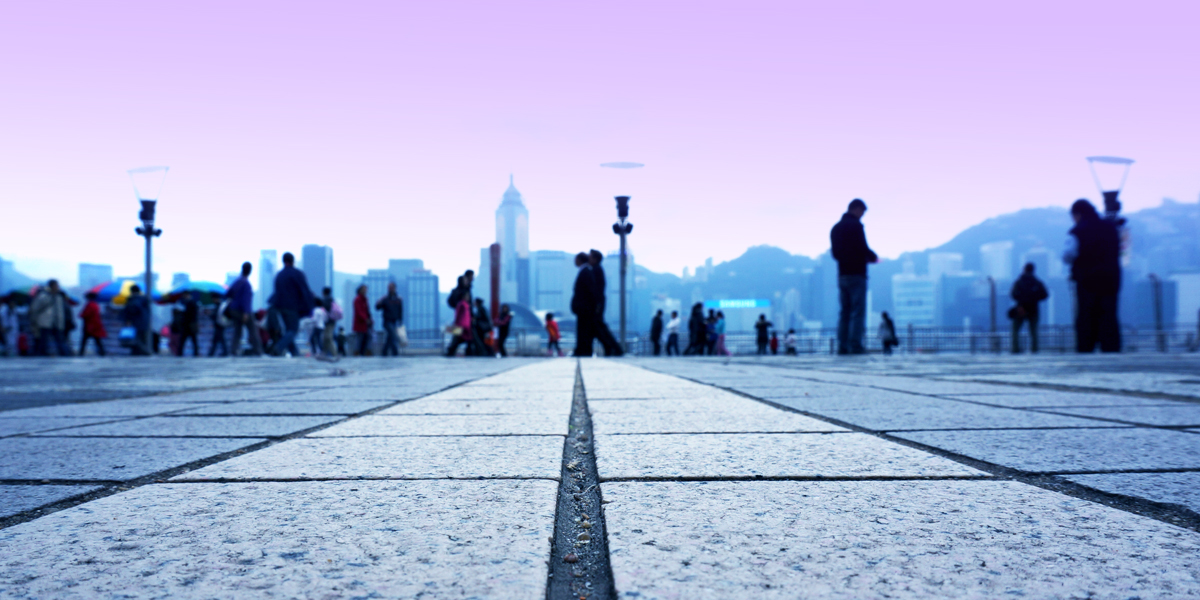How to take stunning travel photos

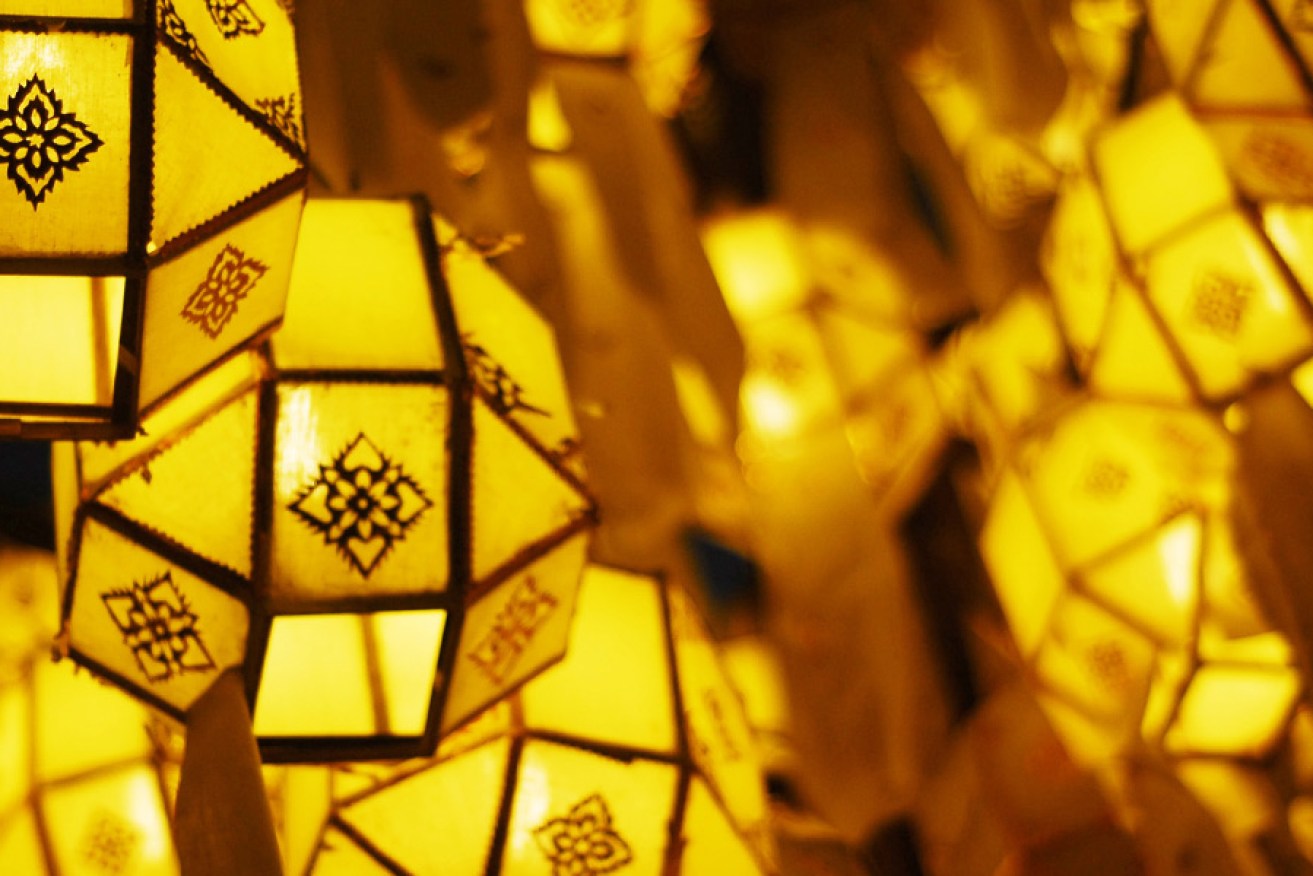
Chiang Rai, Thailand - small details make interesting images. Photo: Nat Rogers
The best holiday photos tell a story and capture the essence of an experience or place. These professional tips seek to help travellers not just make the most of their camera, but also look at the world in a different way.
Detail
When you look through your images years later, a picture of a ticket stub or a meal can be something that jogs a lovely travel memory. Take close-ups of food, street posters, architectural details, etc. Wide shots are great and easy to grab quickly, but the small details can make interesting images and memories. Why not write a small note and include it in the image as a fun way to remember the trip.
Textures
Photographing textures can encourage you to see things in a new way. Try to fill the frame with one interesting texture that epitomises a city or trip. It may feel like the image is boring, but the more interesting textures you find, the more you will see them around you.
Colour
Consider just photographing scenes that contain a particular colour. Many cities and locations have a particularly strong palette, like the ochre reds in the Australian outback, the blues of Greece or the reds in China. Try to find as many things in one day that are the same colour and collect them as travel pictures.
Frames
Frames are a powerful way to give your image interest and drama. Find a view through something like a window or a doorway. This can draw the eye to a person in a portrait or make a scene really stand out. The frame will also give your image a sense of depth; it is usually closer to the camera, so you feel as though you are peering into the scene.
Hands
If you are too shy to photograph people in other countries or you don’t have the language skills to ask for permission, an easy way to start is to photograph people’s hands. A street merchant selling crafts may be more relaxed if you photograph the thing they are working on rather than their face. People’s hands are often full of interesting character and wrinkles; they tell a story.
Change your angle of view
Get down low or shoot from above to take interesting angles. Sometimes just not shooting from head height can change the whole feel of an image. If you photograph people from a lower vantage point, you can make them seem larger and more powerful. Looking straight down on food can turn ordinary plates and tabletops into graphic images.
Settings is not a dirty word
When you are travelling, you have a bit of free time and headspace that you may not have normally. Try to play with your camera’s settings – it could be that you learn something new. Try going through the menu looking at just one or two settings at a time. Perhaps just shoot small things on macro for one full day, or get used to switching between settings.
Avoid bright backgrounds
This is the really important one. Most people have looked at a photo and wondered why the background is so bright and the people so dark. In simple terms, it is due to the way the camera determines how bright or dark to make an image, depending on the light hitting the lens. There are two solutions to this issue: you can flash the foreground with the camera flash to balance it with the bright background, or you change your position so that the people are in the same light as the background. If you are sitting under a verandah and you shoot out into the daylight, the verandah light will be much lower than the daylight. Having the sun to your back is an easy guide to get it right.
Nat Rogers is a professional photographer and avid traveller.
